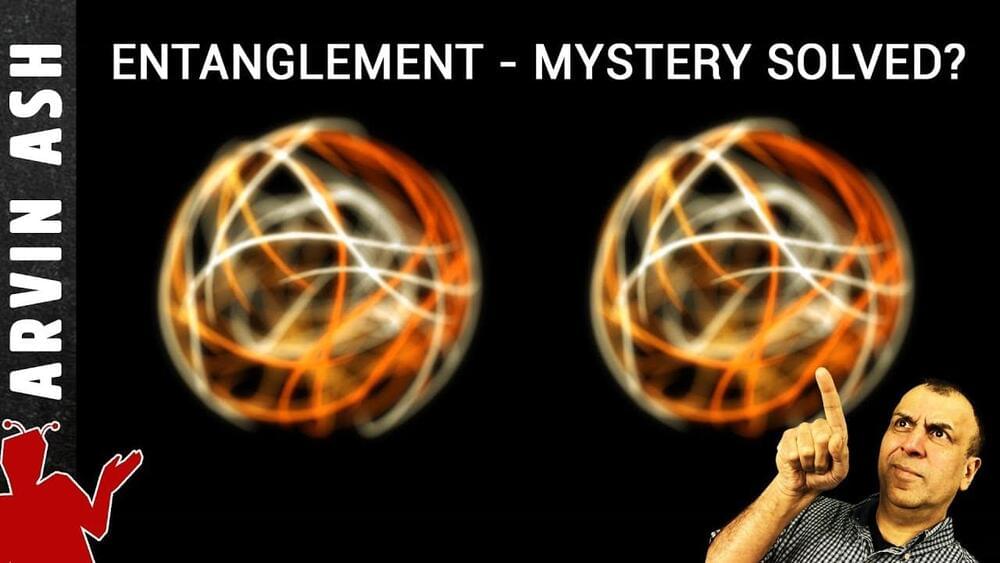What is entanglement theory? It is a Mystery, and here is a potential solution. But its implications are so paradigm shattering that most scientists refuse to believe it. Maybe we can’t handle the truth?
Imagine you found a pair of dice such that no matter how you tossed them, they always added up to 7. Besides becoming the richest man in Vegas, what you would have there is something called an entangled pair of dice.
You could now separate these entangled dice. You could have your friend Alice take one of these to Macau, while the other one stays with you in Las Vegas. And as soon as you rolled your dice, the other one would always instantly show a number that added up to 7.
Since this happens instantly, did your dice communicate at faster than speed of light to Macau?
Scientists can create entangled photons, for example, by shining a laser on a nonlinear optical crystal. The Entanglement means that a pair of photons act like a single entity rather than two separate particles. To understand entanglement better, you first have to accept the fact that at the quantum scale, reality is fuzzy. Reality really doesn’t know what it is, until it is measured.
This is like a single dice tossed in the air that doesn’t have a distinct face until it lands. When tossed up, it is 1, 2, 3, 4, 5, and 6 all at once. Quantum particles are similar in that they do not have distinct properties until they are measured. Particles such as a photon exists in all possible states simultaneously. But when it is measured, it is in only one state. And if the photon is entangled, this measurement of one particle causes its entangled pair to simultaneously exhibit the opposite state, no matter what the distance is between them.
